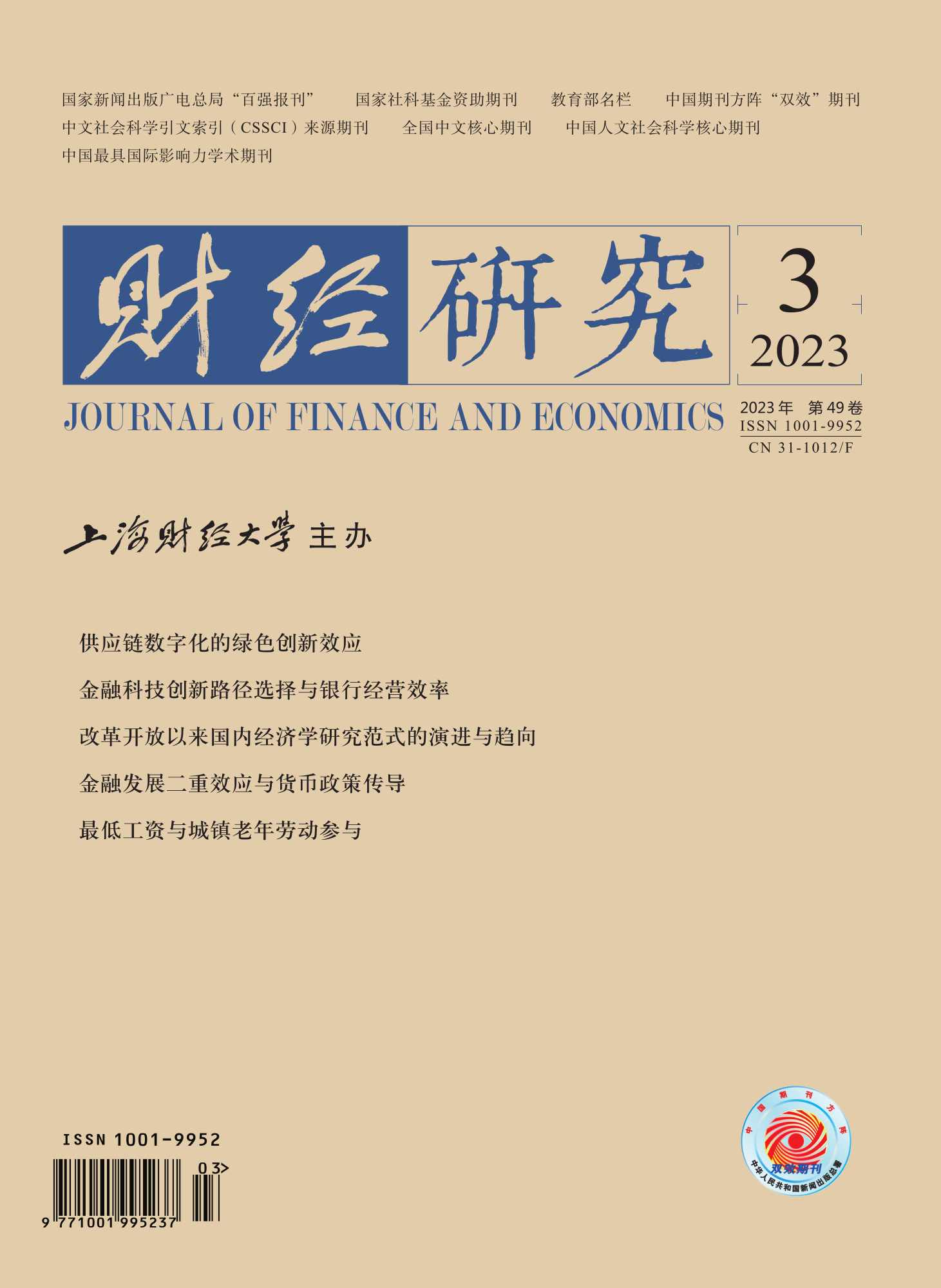In recent years, public funds have become an important tool for residents to diversify investment. However, many funds show a phenomenon of style drift, which not only brings worse returns, but also hinders the healthy operation of fund market in the long run. Considering the forced trading of funds caused by investor behaviors and the immature information disclosure system of China’s public fund market, this paper deeply explores the relationship among funds’ forced trading, fund style drift and fund quarterly report disclosure quality to have a better understanding of fund style drift and investigate the significance of information disclosure quality.
Using the quarterly panel data of China’s active equity funds from 2010 to 2021, this paper empirically analyzes the impact of funds’ forced trading caused by investor behaviors on style drift first, and then discusses the significance of fund quarterly report disclosure quality. It is found that funds’ forced trading resulting from investors’ purchasing or redeeming behavior is a considerable factor that triggers fund style drift. The greater the forced trading, the more serious the fund style drift. The conclusion is still valid after the robust test by considering the endogeneity of the model and replacing key variables. The heterogeneity analysis indicates that the impact of different types of forced trading on style shift varies, and redeemed forced trading exposes a greater impact on fund style drift than purchased forced trading. Besides, the impact of forced trading on fund style drift varies with fund managers’ individual characteristics. Further discussion finds that fund style drift has a significantly negative impact on future performances. What is more, fund quarterly report disclosure quality has an obvious moderating effect, and the improvement of disclosure quality can alleviate the impact of funds’ forced trading on style drift, especially redeemed forced trading.
The contributions of this paper are as follows: First, it deeply investigates fund style drift from the perspective of funds’ forced trading. The empirical results show that, different from the findings of the American mutual fund market, funds’ forced trading in China is an important factor leading to style drift. Second, it subdivides funds’ forced trading into purchased and redeemed forced trading, and further investigates whether there are differences between the forced trading of different types on fund style drift. The study finds that redeemed forced trading exposes a greater impact on style drift. Third, it constructs the multi-dimensional fund quarterly report disclosure quality indicator, including readability, credibility and consistency of words and deeds, which not only enriches the method for measuring the disclosure quality of text reports, but also finds the importance of fund quarterly report disclosure quality. The findings provide evidence to help to understand fund style drift and provide policy inspirations for promoting the high-quality development of the public fund industry.





 4650
4650  4202
4202

